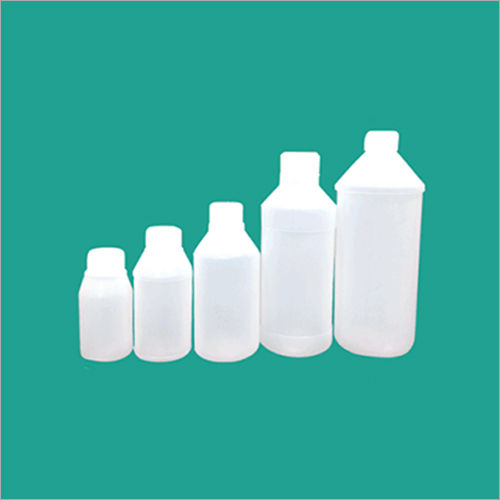
Narrow Mouth Bottles
7.00 INR/Piece
Product Details:
- Material Plastic
- Hardness Soft
- Size Different Sizes Available
- Color White
- Warranty Yes
- Click to view more
X
Narrow Mouth Bottles Price And Quantity
- 1000 Piece
- 7.00 INR/Piece
Narrow Mouth Bottles Product Specifications
- Yes
- Soft
- Plastic
- Different Sizes Available
- White
Narrow Mouth Bottles Trade Information
- 10000 Piece Per Week
- 4-5 Days
Product Description
Narrow mouth bottles are containers specifically designed with a small opening or mouth, allowing for controlled pouring and precise dispensing of liquids. These bottles are commonly used for storing and transporting various liquids, including water, beverages, chemicals, and laboratory solutions. The narrow mouth design offers advantages in terms of spill prevention, easy pouring, and compatibility with different closures.
FAQ (Frequently Asked Questions):
Q: What are the benefits of narrow mouth bottles?
A: Narrow mouth bottles provide several benefits. The small opening allows for controlled pouring, minimizing spills and waste. It also provides better accuracy when measuring or dispensing liquids. Additionally, the narrower opening reduces the risk of contamination and helps preserve the integrity of the contents.
Q: What materials are narrow mouth bottles made of?
A: Narrow mouth bottles are available in different materials, including plastic, glass, and stainless steel. Common plastic options include polyethylene (PE), polypropylene (PP), and polycarbonate (PC). Glass narrow mouth bottles are often made of borosilicate glass, known for its durability and resistance to temperature changes. Stainless steel narrow mouth bottles offer excellent durability and insulation properties.
Q: Can narrow mouth bottles accommodate various closures?
A: Yes, narrow mouth bottles are designed to be compatible with different closures. Screw caps, snap caps, dropper caps, or flip-top lids are commonly used with these bottles. The compatibility allows for customization based on the specific application and the desired level of sealing or dispensing control.
Q: Are narrow mouth bottles suitable for hot and cold liquids?
A: The suitability of narrow mouth bottles for hot and cold liquids depends on the material they are made of. Stainless steel narrow mouth bottles are known for their excellent insulation properties and can keep beverages hot or cold for extended periods. Plastic and glass narrow mouth bottles may not offer the same level of insulation but are generally suitable for both hot and cold liquids.
Tell us about your requirement

Price:
Quantity
Select Unit
- 50
- 100
- 200
- 250
- 500
- 1000+
Additional detail
Mobile number
Email





